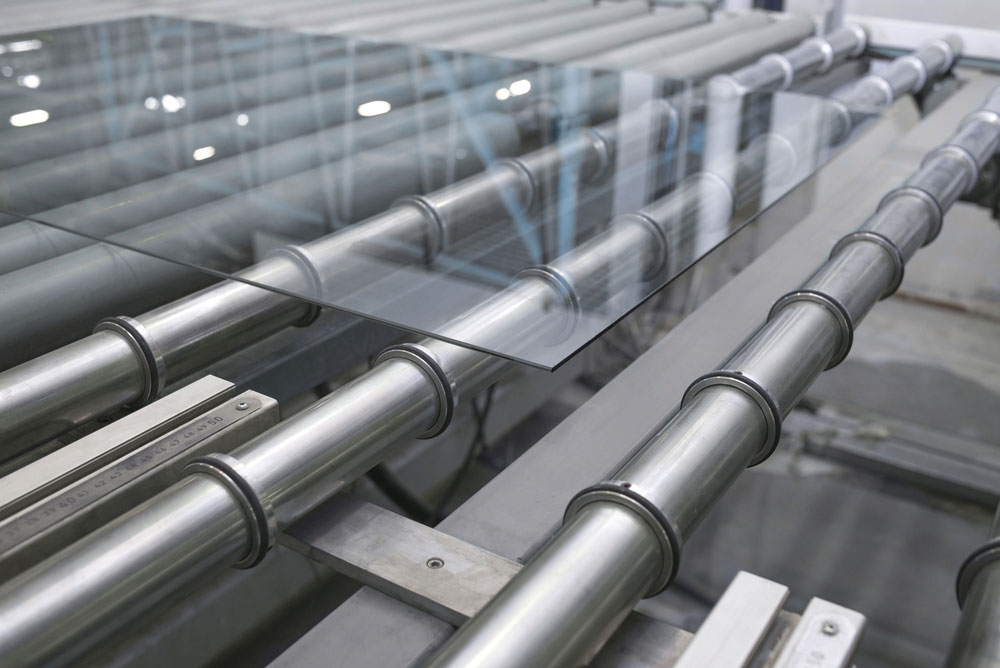Cleaning windows is a vital component of regular maintenance for both homes and workplaces. When you fail to clean windows regularly, they will get dirty, become streaky, and even develop hard-to-remove stains. However, cleaning your windows with the wrong glass cleaner or the wrong material can cause more problems than it fixes. In today’s blog post, Ryan’s all-glass talks about some easy tips for cleaning your windows.
Clean Your Windows at Least Once a Month
The first step towards clean and shiny windows is regular cleaning. Ryan’s all-glass recommends cleaning your windows at least once a month, if not more, even if your windows don’t appear dirty. Over time, your windows accumulate dust and other small particles. Those particles are much harder to remove if you don’t clean your windows regularly.
Clear All Debris
Remove all significant debris from the glass surface when cleaning your windows. Again, regular washing plays a pivotal role in this step. Clearing all debris from the surface helps to focus your cleaning on the glass itself. When you attempt to wash glass with debris on it, you merely rearrange the dirt or dust that made the glass dirty rather than cleaning the window. Dust and particles are much easier to dust off and remove after you clear away debris.
Use the Right Glass Cleaner
Arguably the most crucial step when cleaning windows is finding the right glass cleaner. At Ryan’s all-glass, we highly recommend the glass cleaner we provide. That way, your windows get the best possible clean. The right glass cleaner cuts through stains, removes grease and grime, and leaves windows with a brand new shine.
Use the Right Cloth or Rag
Creating streaks represents one of the most common problems people run into when cleaning windows. Using the wrong cloth or rag on a window is typically the source of these streaks. That’s why it’s important to find the right material to clean your glass. Ryan’s all-glass recommends a microfiber rag to avoid streaks. If you don’t have a microfiber rag, you will probably be better off using a simple paper towel compared to a dish rag or towel.
Contact Ryan’s all-glass For More Tips
If you are looking for glass cleaning tips, new glass, or even glass replacements, Ryan’s all-glass can help. For more information on the services we offer, give us a call at (513) 771-4440 or contact us online today.
